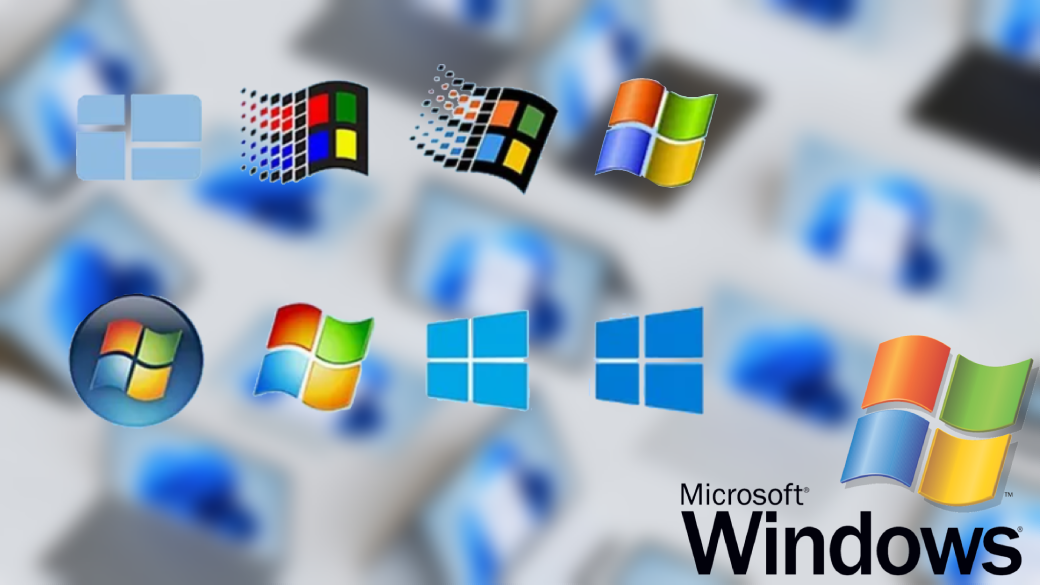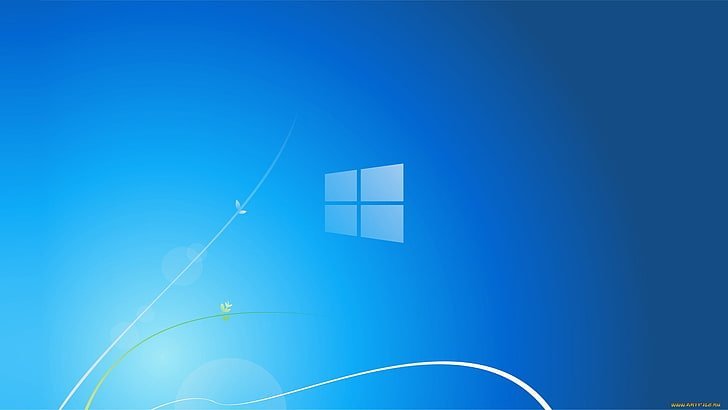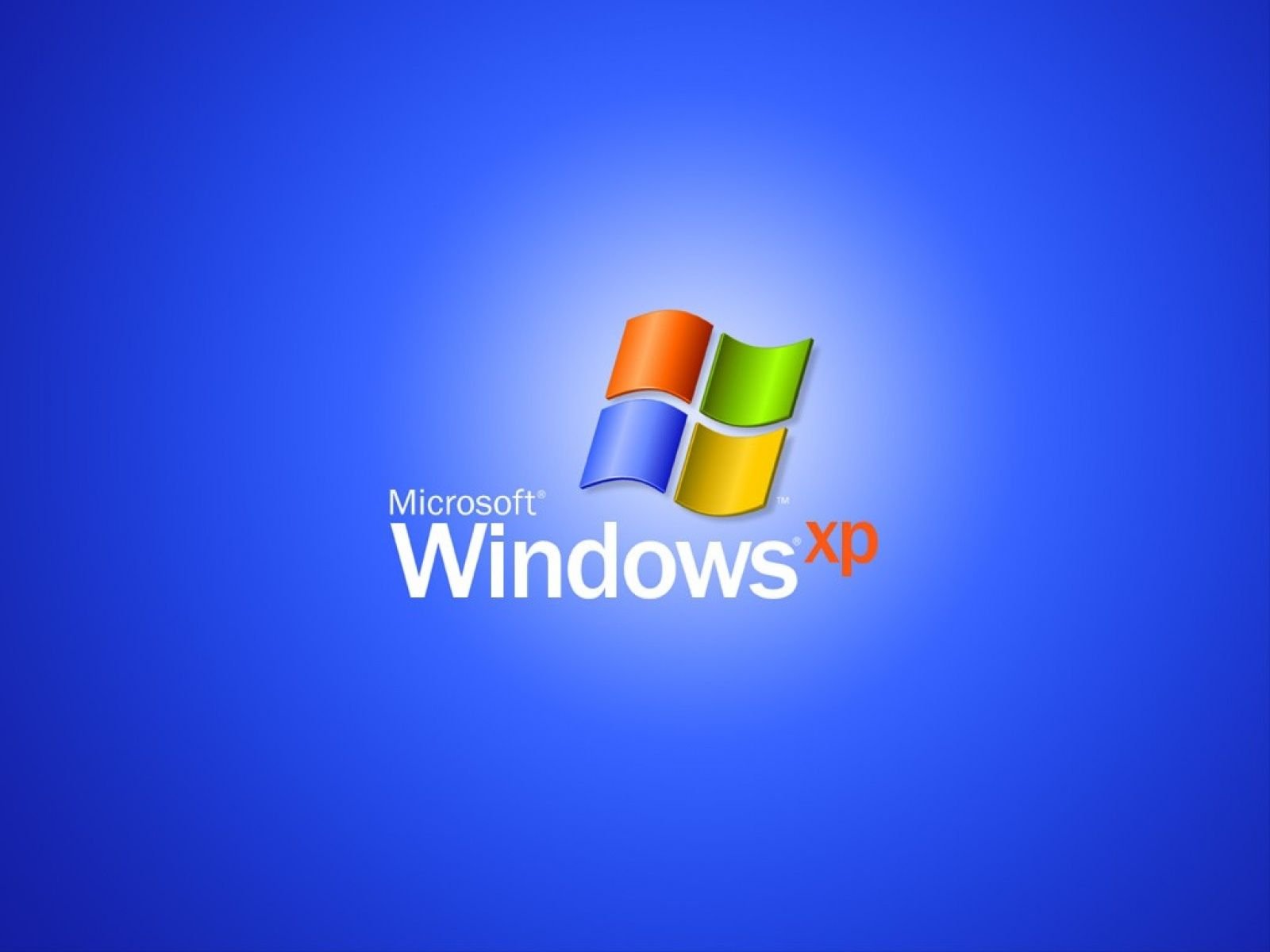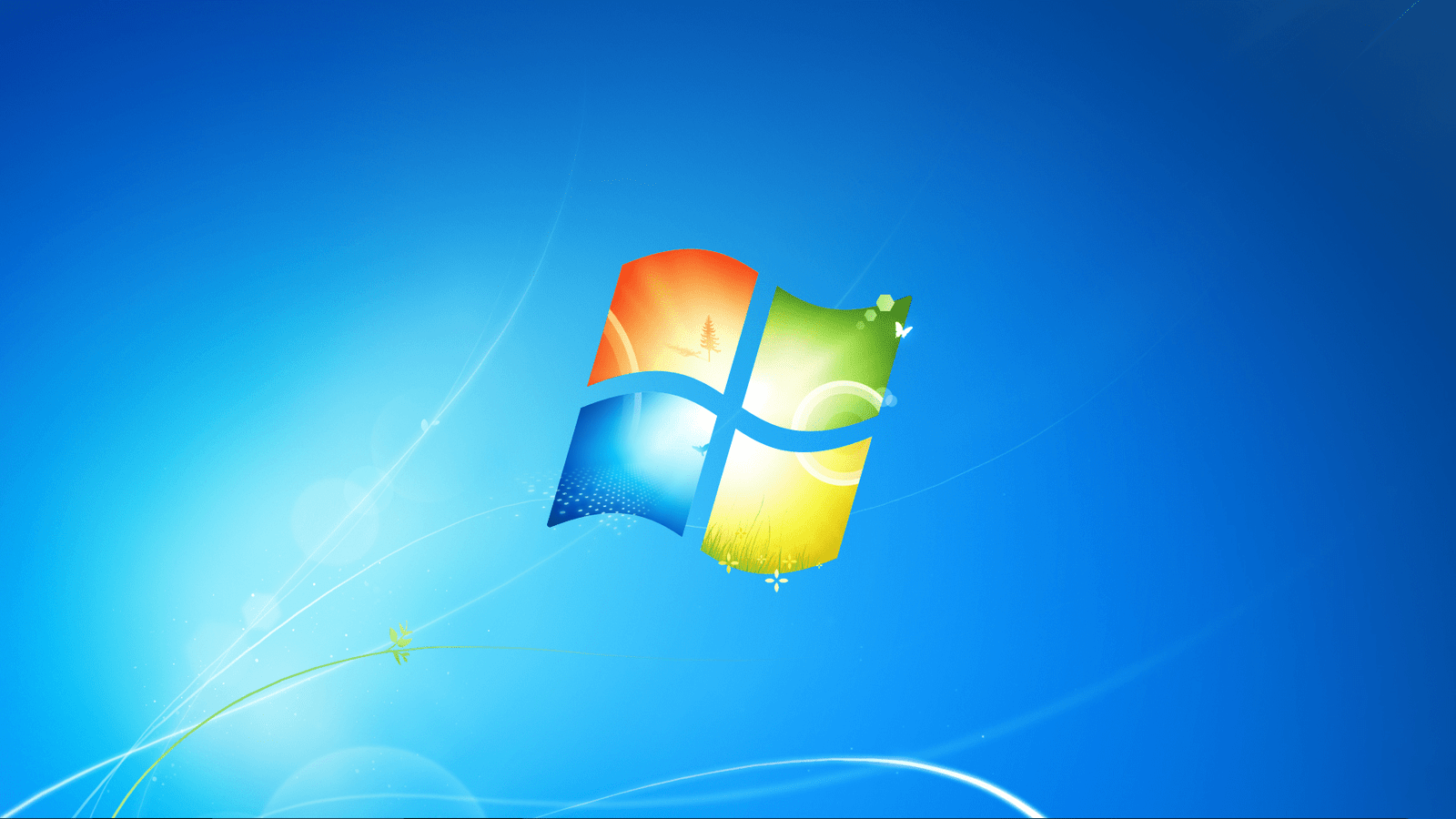Windows XP was replaced by Windows Vista, which was released in 2006. The operating system underwent a significant upgrade that added a number of new features and enhanced performance generally. Windows Vista was made to be more dependable, secure, and quick than its predecessors.

System Requirements
Windows Vista needed a minimum of an 800 MHz processor, 512 MB of RAM, and a graphics card that was DirectX 9 compatible. Microsoft advised a 1 GHz or faster processor, 1 GB or more of RAM, and a graphics card with a WDDM (Windows Display Driver Model) driver for the best performance. The minimum amount of hard drive space needed for Windows Vista was 20 GB, but depending on the version and the number of installed applications, this could go up.
User Interface
Windows Vista’s updated user interface, which introduced the Aero Glass visual style, was one of the most obvious changes. The Aero Glass interface, which was intended to be aesthetically pleasing, was a striking improvement over the default Windows XP interface. New search features and an optional Classic View, which offered a more conventional interface for those who preferred it, were also added to the Start Menu to improve it further.
Security
Significant security enhancements were made to the operating system with Windows Vista, including the addition of User Account Control (UAC). By asking the user to confirm changes that might compromise system security, UAC was created to stop unauthorized system modifications. Additionally, Windows Vista introduced the Security Center, which kept track of the security settings on the computer and offered alerts and recommendations for enhancing security.
Performance
ReadyBoost and SuperFetch are two of the new features included in Windows Vista that enhance the operating system’s performance. A USB flash drive could be used by users of ReadyBoost as an additional source of system memory, which could help to boost the computer’s overall performance. SuperFetch was created to maximize RAM usage and speed up the computer.
Conclusion
Windows Vista significantly improved upon Windows XP by adding a number of new features and other changes to the operating system. Windows Vista was a crucial step in the evolution of the modern Windows operating system, despite receiving some criticism, including performance issues. Windows Vista was a popular choice for many users and continues to be a valuable addition to the Windows operating system thanks to its updated user interface, enhanced security, and better performance.






